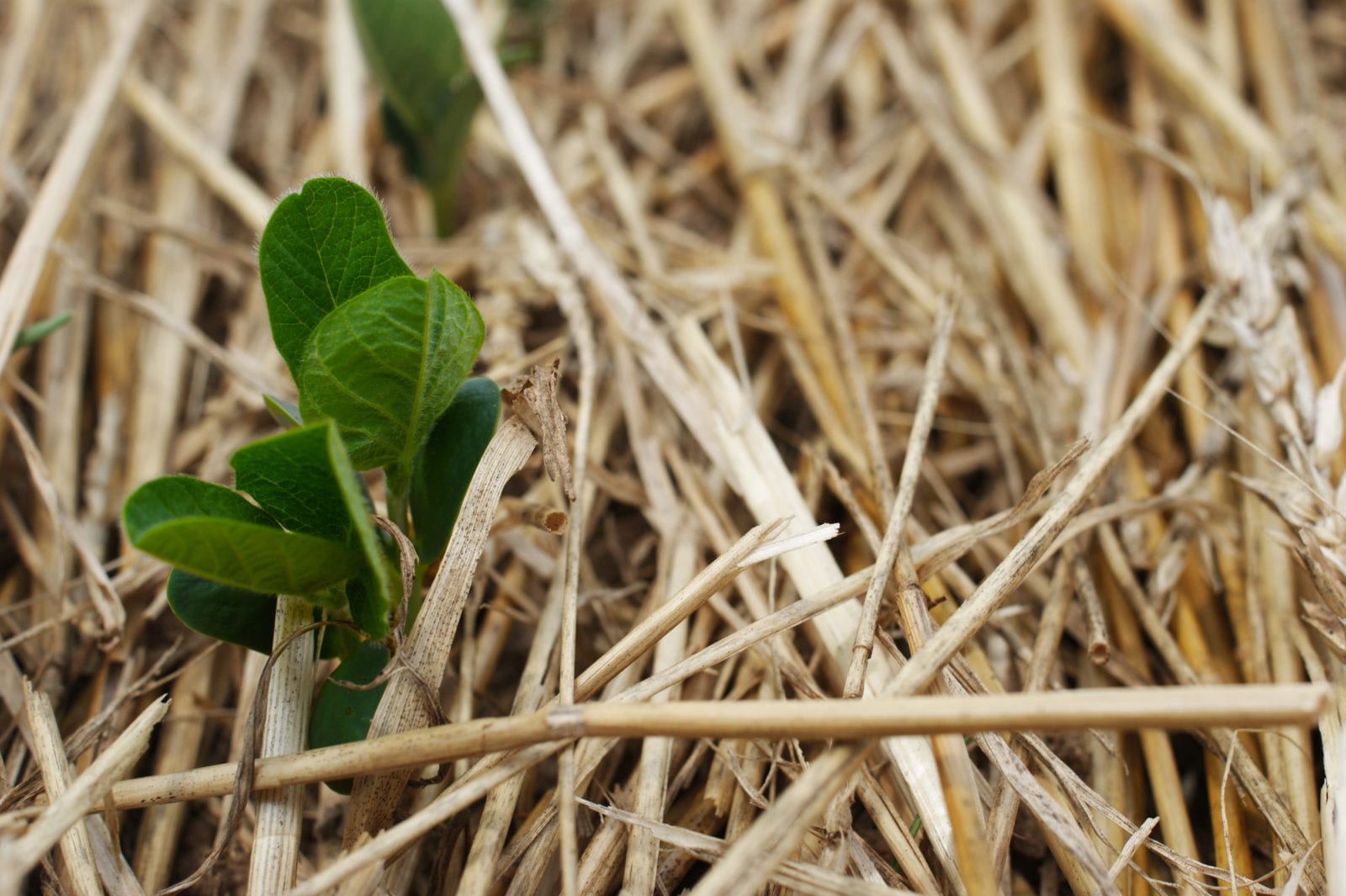U.S. sustainability expert Marty Matlock, a university scientist with two decades of sustainability experience, has a message for international customers of U.S. soybeans.
“We want them to know they can buy U.S. products with pride,” says Matlock.
One of the reasons he can say that is the U.S. Soybean Sustainability Assurance Protocol (SSAP). The SSAP was developed by the U.S. soybean family, a group that includes the United Soybean Board (USB), the U.S. Soybean Export Council (USSEC), the American Soybean Association and the state soy checkoff boards.

The SSAP takes an aggregate approach to quantifying the conservation work soybean farmers have done and continue to do, to convey to international buyers the message that U.S. soybeans are sustainably raised.
The SSAP and the Round Table for Responsible Soy (RTRS), another international certification protocol, were both designed in the past decade, as sustainability became a primary topic of interest for soybean farmers and a way for them to demonstrate that they’re meeting customer demands for sustainable soy.
As a lifelong advocate of sustainability, Matlock recently took some time to discuss the two protocols.
Differences between SSAP and RTRS
“The primary difference between the two protocols is that RTRS was designed for areas that lack effective government management, regulation and oversight,” says Matlock.
The RTRS has three components that are less of a concern here in the United States, according to Matlock. One is the treatment of agricultural laborers, the second is the ownership of the land and the third is an intense concern for rainforest depletion, particularly in South America and Indonesia.
The SSAP, on the other hand, offers U.S. farmers a way to articulate the measures they have already taken to be sustainable, while keeping the door open to continuous improvement in stewardship and conservation.
“The SSAP has taken advantage of the infrastructure that the U.S. has built to protect the farmer, the environment and the community,” he says. “We have a 100-year history of getting better.”
The SSAP also focuses on outcomes, rather than dictating practices. Matlock feels telling farmers how to do their jobs kills innovation on farms. By allowing for and encouraging continuous improvement on outcomes, the SSAP stimulates innovation and contributes to ever-higher levels of efficiency in resource usage.
Matlock says that U.S. farmers have made the most progress in two key areas over the past two decades: soil erosion and energy efficiency. These are two issues of primary importance for the influential nongovernmental organizations (NGOs) that have turned a critical eye on agriculture.
“They (the NGOs) are influenced by the marketplace pressure from customers,” he says. “This is how an effective marketplace works.”
Matlock mentions that the tradition of U.S. farmers participating in federal conservation programs contributes to the effectiveness of the SSAP’s message.
The other components Matlock identifies as important within the protocol are its transparency, its grounding in science and its embrace of technology as an important tool in the quest for sustainability.
Positive Trends: Field to Market and Sustainability
For the past eight years, Matlock has been on the board of Field to Market, a multi-stakeholder initiative focused on driving sustainability conversations across the value chain in agriculture.
“Field to Market is key to what we’re doing in the U.S.,” he says. “It’s the world’s largest multi-stakeholder sustainability initiative, and it’s been incredibly productive at building trust.”
Both USB and USSEC have been members of Field to Market since the beginning, and the organization’s sustainability goals actively support those of the U.S. soy family.
Matlock emphasizes two factors when talking about Field to Market. First, he notes that every segment of the value chain is represented, from farmers and agribusinesses to grocery chains and conservation organizations. Second, he mentions that trust is not the same thing as agreement.
Even so, trust is important for many reasons. It helps pave the way for cooperation among stakeholders, and perhaps more important, it allows those stakeholders to come together with a unified message for international customers of U.S. soy.
“The overwhelming data for U.S. soybean producers is positive,” says Matlock, noting that Field to Market has played a vital role in sharing that positive message with international customers and critics of production agriculture.
For Matlock, it’s clear that sustainability in agriculture and ag communities is a series of never-ending challenges. It’s also clear that he’s energized to help agricultural producers continue to meet each new challenge with creativity and optimism.
